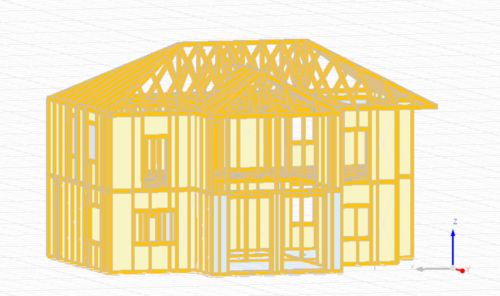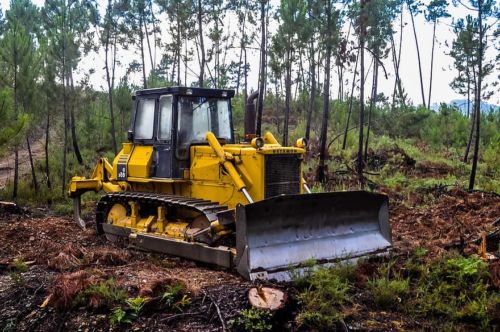| The objectives of this course are:
The construction sector accounts for over 40% of total energy consumption in the EU and produces more than 35% of greenhouse gas emissions, while building materials consume 30-50% of the available raw materials worldwide and produce about 40% of landfill waste (OECD countries). In addition, an important parameter that is directly related to long-term environmental impact, in addition to technical and economic one, is the durability of materials and structures.
The aim of the course is to first highlight the size and extent of this issue (building materials, construction and environment) and its contribution in the creation and evolution of global phenomena, such as the greenhouse effect and climate change. It then develops and provides the student with methodological tools for qualitative and quantitative assessment of overall environmental impact, such as Life Cycle Analysis (LCA), also enhancing knowledge by listing methods for estimating the total service lifetime of structures and infrastructure. In addition to this general approach, the term “environmental cost” is presented and analyzed, which together with the financial cost and technical adequacy, give through optimization, the best possible solutions for the design and implementation of projects. Furthermore, specific techniques and materials for reducing environmental cost are presented, by applying principles of circular economy and industrial ecology.
Upon completion of the course, students should be able to:
– know what Life Cycle Analysis (LCA) is, and how this methodological tool works, but also how it is applied to various issues of selection of building materials, specific structures, etc., through appropriate software.
– be able to estimate the service lifetime of a structure (application in reinforced concrete); a property necessary according to the LCA.
– become familiar with methods / models of environmental assessment of structures.
– be able to calculate the fixed, operational and total environmental cost of building materials and structures, also knowing the respective regulations and instructions for sustainable construction.
– know the basic principles of circular economy and industrial ecology.
– have basic information on the use of supplementary cementing materials and industrial by-products in construction.
– know how the recycling of construction and demolition waste (CDW) is done.
– be informed about the possibilities of CO2 capture in structures and contribution of structures in the mitigation of the climate change.
|





